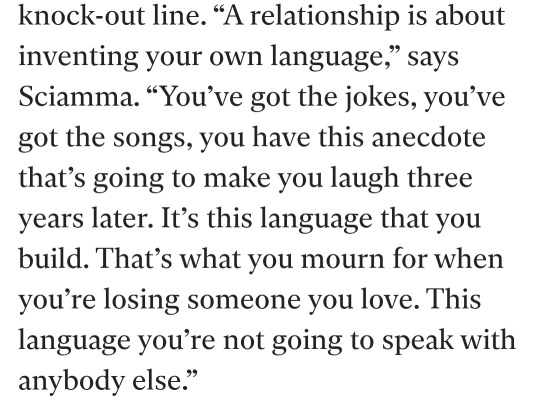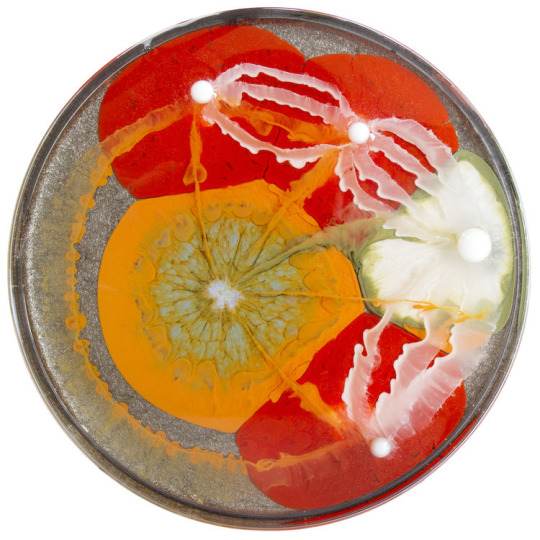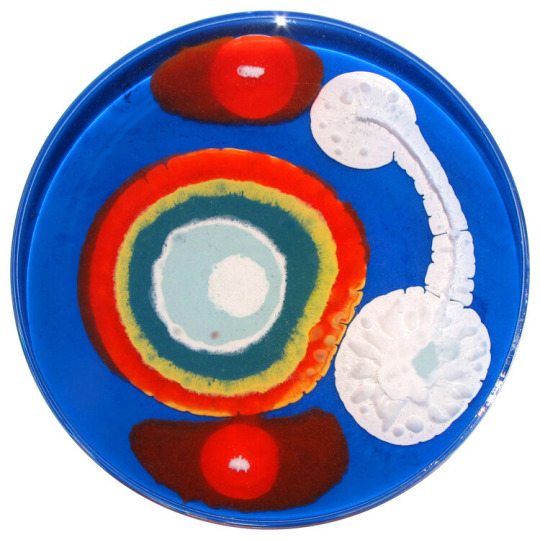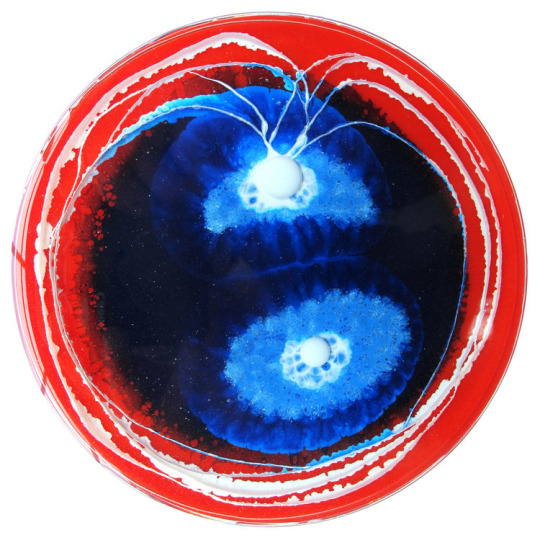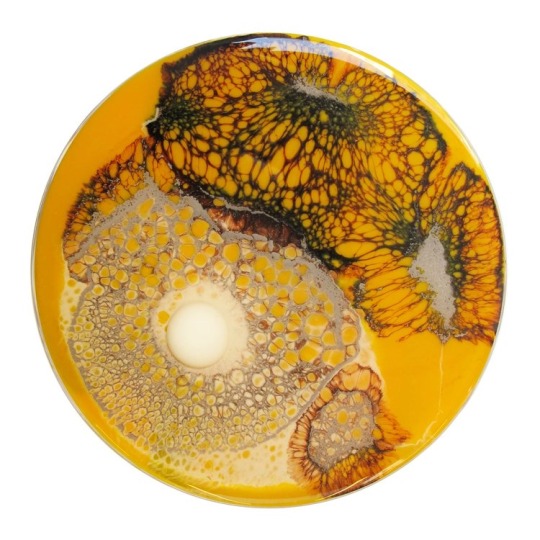steve-bruschetti
34K posts
Julia. 23. Toronto. Loosey goosey IG: juliaoneshoe
Don't wanna be here? Send us removal request.
Text
The hilarious part about Faith and how incredibly gay she comes across is that it's all a natural side-effect of her intended narrative role. According to Whedon she wasn't intentionally written to be a queer or even queer-coded character, but the way she is written and her metaphorical function necessarily meant she came across as queer-coded. I'll explain what I mean:
1) As Buffy's shadow, Faith is meant to be symbolic of Buffy's repressed desires, and specifically her frustrated sexuality. Buffy is dealing with imposed chastity throughout S3, first with her trauma over Angel getting in the way of a relationship with Scott, and then the curse preventing her from being physical with Angel. It's the centre point of Enemies, its touched on in Amends, and is one of the reasons they break up. There's a reason the season climaxes with Angel and Buffy in a passionate embrace, making orgasm faces as he 'penetrates' her. It's a whole season of sexual frustration for Buffy.
Faith needs to be constantly reminding Buffy of the thing she can't have - sex. She needs to talk about sex to Buffy - and she does, extensively. Faith is written as a very sexual person in general, but it's specifically and disproportionately aimed towards Buffy, because that's her narrative role. So you end up with this character who is constantly going around like "hey Buffy do you like sex? you should think about sex now. sex. when I'm on screen the main thing on your mind should be sex and having it". Which begs the question - why does Faith want Buffy to have sex? Symbolically, it's because she represents part of Buffy, and Buffy wants to have sex. But on a pure character level... what is the explanation? What is motivating Faith to constantly talk about sex to Buffy? A few instances you can write off as her making Buffy uncomfortable for jokes, but not all of them. How it comes across is that Faith has some sexual interest in Buffy, and is probing for her feelings.
2) Faith is a Seductress. That's not a comment about her character, that's her function in the story. She is the version of Buffy who goes down a darker path, and is trying to seduce her into doing the same thing. Part of Buffy's arc in S3 is resisting this temptation, and the symbol of what she is resisting is Faith. So Faith must be an enticing, seductive figure. To quote Passion of the Nerd's review, if Faith is there to to tempt Buffy into a moral dark side, it only makes sense that she is, well, tempting. The seduction is happening on many levels.
Faith is more or less filling the Femme Fatale archetype: the seductive, sexual figure who leads the Hero off their path. It's a trope you see all the time in male-led stories, going back to goddamn The Odyssey. Buffy as a character was invented as a simple gender-swap of an old horror trope, and part of the appeal of the show is that she gets to fill the role of The Hero as a woman. So what happens when you gender-swap The Hero and don't gender-swap the Femme Fatale? You get a gay story, that's what.
3) The Faith arc of S3 is a recreation of the Angel arc of S2. It is structured in the exact same way, with the two having a push-and-pull in the early parts of the season, a setback in their relationship in episode 7, getting closest again mid-season before a night of passion that ends in sudden tragedy. Angel/Faith then turn to the dark side, become the Big Bad, and show that they are beyond saving in episode 17. The season ends with Buffy having to fight and the kill them in order to save others. This is all an intentional recycling, as part of the show building up the Trolley Problem and the idea of Buffy being a killer, repeatedly escalating it to get us to The Gift. What this means is that Faith steps into the role that Buffy's love interest played in the previous season. This is the story that we have just had told to us as a tragic love story. We see it again, and guess what? It's still a tragic love story. Only now Faith is in the role of the love interest.
4) Part of the conflict surrounding Buffy and Faith is Buffy's fear of being "Single White Female'd". She fears Faith might steal her loved ones, and Faith does threaten that. She gets along with her mother, her friends... but most of all, her love interests. Buffy's fear of being replaced manifests as Faith trying to literally seduce away anyone romantically linked to Buffy. Angel, Scott Hope, Xander, later Riley, Spike, Robin Wood... Faith is comprehensively and exclusively attracted to men that Buffy dated. I'm honestly surprised she didn't find Owen and Parker from somewhere for a night in the sack. Again, this makes perfect heterosexual sense from a symbolic point it view - she threatens to take Buffy's place in the narrative, so she takes her place in relationships - but on a character level it becomes ambiguous. Is she actively trying to replace Buffy? Or is she trying to stop Buffy dating anyone for another reason? The simple fact is, there is exactly one common denominator with all of Faith's romantic entanglements: Buffy.
It's a canonical aspect of Faith's character that she is jealous of Buffy. We see that made explicit in Enemies - she's jealous of everything Buffy has: her family, her comfortable home life, her friends, her narrative standing, and of course her loving partners. So of course Faith displays jealousy whenever Buffy is involved with a guy. It's a necessary part of building Faith as this figure of Want and Envy. But how it plays out on screen isn't that Faith is jealous of Buffy because she wants these other guys - of course not, because we see her look jealously through the window at Buffy and Riley in This Year's Girl and Riley obviously means nothing to her. Rather, it very much appears that she is jealous of these other guys, because she wants Buffy.
There's also the added bonuses that come from the show playing with so many metaphors, that sometimes they cross in interesting ways. One of Faith's main purposes is to celebrate being a Slayer, and to encourage the same in Buffy. She wants Buffy to accept and embrace being a Slayer. Here, Slayerhood is standing in for independence and hedonism and making your own rules, all the things that Faith is encouraging. But one of the many other metaphors used is the 'coming out' metaphor. "Have your tried not being a slayer?" "It's because you didn't have a strong desire figure isn't it." "I've tried to march in the Slayer Pride parade." It's a note that's hit really hard specifically around the time in the show that Faith is introduced. So if you carry this metaphor on, then Faith becomes an out-and-proud lesbianSlayer, trying to convince Buffy to accept and embrace her sexuality.
And it has a recursive effect too. All this stuff contributes towards Faith feeling like a very queer character. And Faith, of course, is Buffy's shadow self, meant to represent her unconscious desires. So when the symbol of your unconscious desires is so lesbian-coded, then the implication becomes that one of your unconscious desires is lesbian desire. Faith's existence as a part of Buffy implies the existence of Buffy's bisexuality. Which contributes to the relationship feeling ever more queer, which makes Faith even gayer.
I find this absolutely hilarious, because the queer subtext was never intended. Joss Whedon apparently was annoyed that people read this into their relationship, and the commentary from the other writers that does address it tends to point to Dushku's performance. And yeah, she is definitely leaning into that in her portrayal. But the main reasons that so many people have this reading all come from the writing. It's all stuff that is integral to the point of her character. Every metaphor and function in the narrative, every symbolic purpose she has, none of it was meant to be gay and yet it all leads directly to Faith appearing to be totally and completely gay. The queerness is accidental and unavoidable. And I just find that really fucking funny.
4K notes
·
View notes
Photo



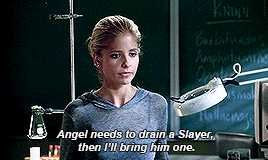


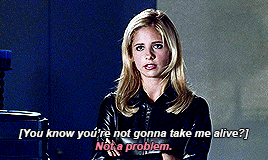
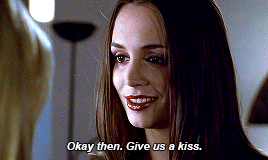


Fuffy Gifs 1k followers celebration: Top 5 fuffy episodes (as voted by our followers) ↳ #5 — Graduation Day Part I
You told me I was just like you, that I was holding it in. Ready to cut lose? Try me.
588 notes
·
View notes
Photo




ELIZA DUSHKU | photographed by Naomi Kaltmann, 2002.
673 notes
·
View notes
Photo







Shots of rural USA, 1978-2001 (c. National Geographic)
16K notes
·
View notes
Text
41K notes
·
View notes
Text
Dear non-Jewish friends, The Jewish High Holy Days are coming up. Please do not schedule meetings, parties, and events on the following dates:
Between Friday September 18th at sundown and Sunday September 20th at sundown in observance of Rosh Hashanah.
Between Sunday September 27th at sundown to Monday September 28th at sundown. in observance of Yom Kippur.
Between Friday, October 2nd at sundown and Sunday, October 4th at Sundown in honor of the first days of the Festival of Sukkot.
Between Friday, October 9th at sundown and October 11th at sundown in observance of the end of Sukkot, Shmini Atzeret, and Simchat Torah.
Curious how to greet your Jewish loved ones throughout these holidays and festival? (This is ESPECIALLY important this year because so many of us feel alone– wish your friends a happy holiday!) Hebrew and English variations are all appropriate.
“Shana Tova!” (”Happy New Year!”) – especially appropriate on Rosh Hashanah, but appropriate throughout the High Holy Day season.
“l’Shana Tova u’metuka!” (”Have a sweet and happy new year!”) Similar to the above, especially appropriate on Rosh Hashanah, but appropriate throughout the High Holy Day season.
“Chag Sameach” (“Happy Holiday”) – appropriate on Rosh Hashanah, Sukkot, and Simchat Torah
“Have a Meaningful Day” – appropriate for Yom Kippur
“Have an easy/meaningful fast” – appropriate for Yom Kippur, but only if you know that the person is choosing to fast this year. O
54K notes
·
View notes
Photo
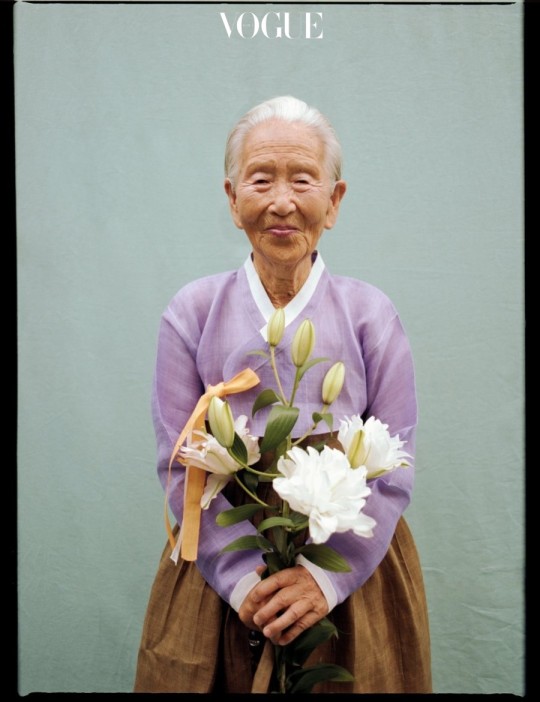


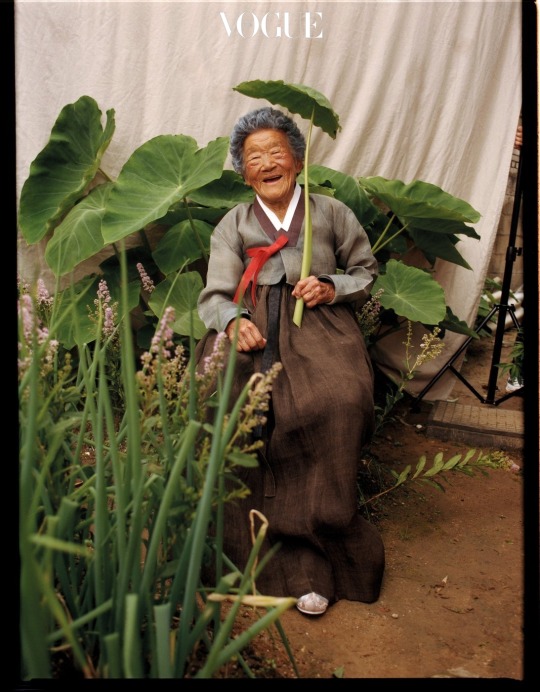
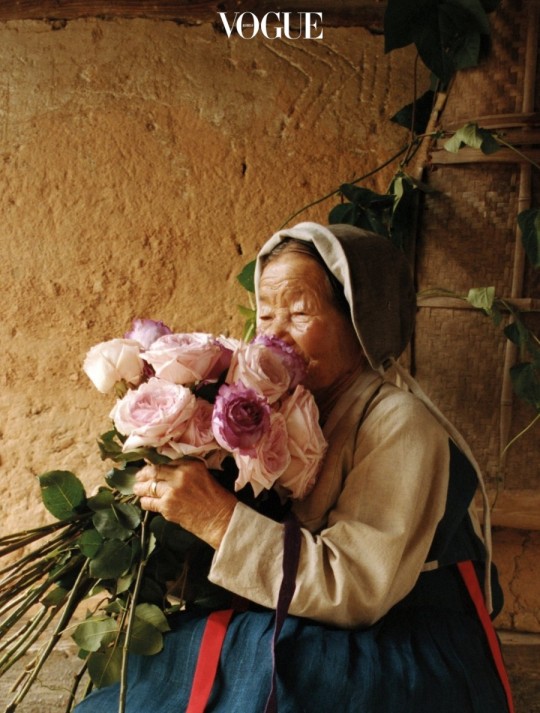

Grannies around 100 years old appeared in Vogue 2020. They are so beautiful just like flowers.
92K notes
·
View notes
Photo

Afghan kids riding on a wooden-carousel on the outskirts of Mazar-i-sharif, Afghanistan.
> Photo: Farshad Usyan (2019).
733 notes
·
View notes
Photo



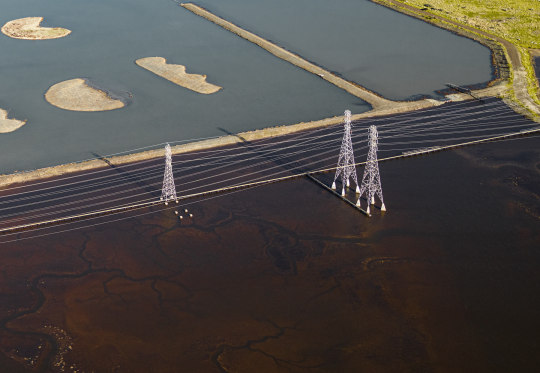




POWERLINES Wyoming-based photographer Mitchell Rouse captures power lines across the USA from an aerial perspective.
14K notes
·
View notes
Photo

Leon Berkowitz - Source III, 1976, oil on canvas
37K notes
·
View notes
Text

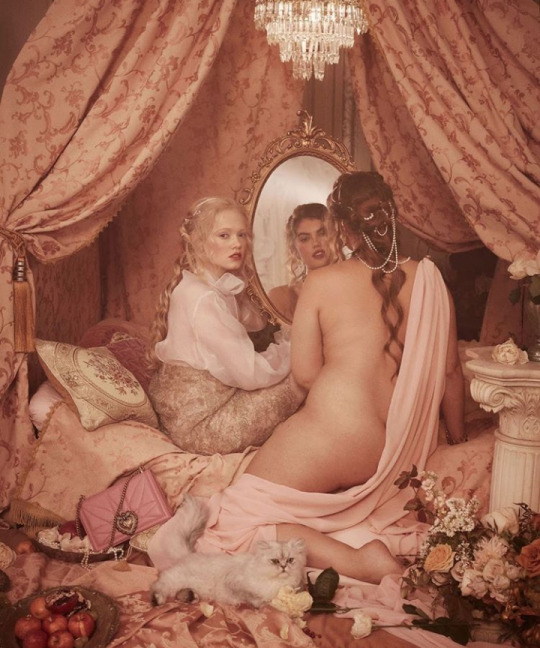
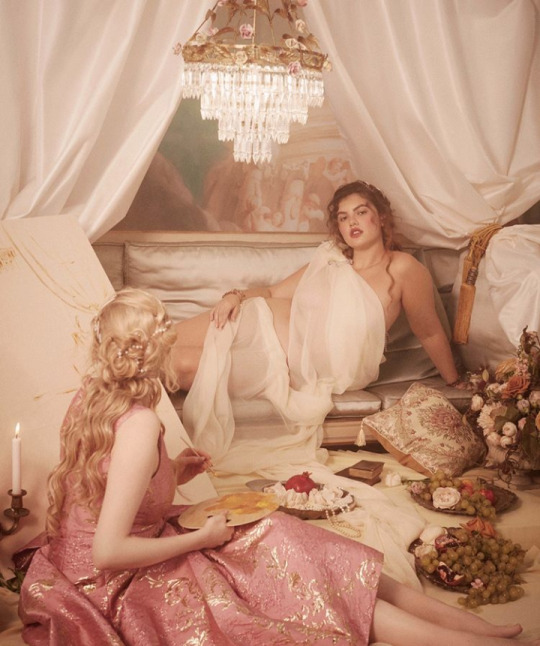
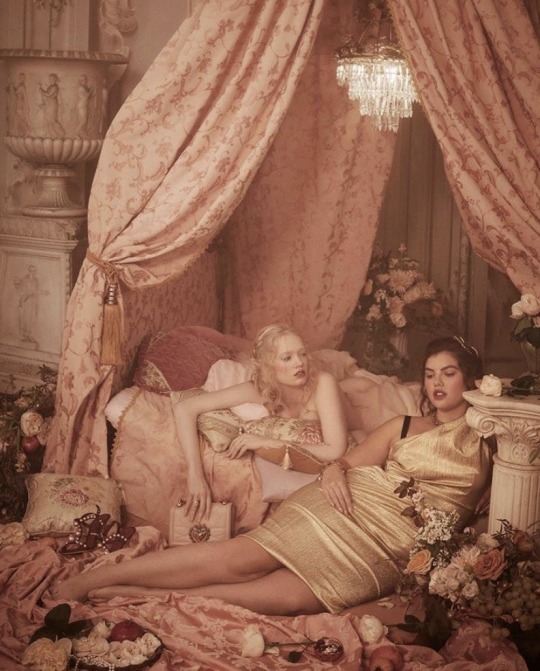
Dolce & Gabbana new campaign 2020 for women
63K notes
·
View notes
